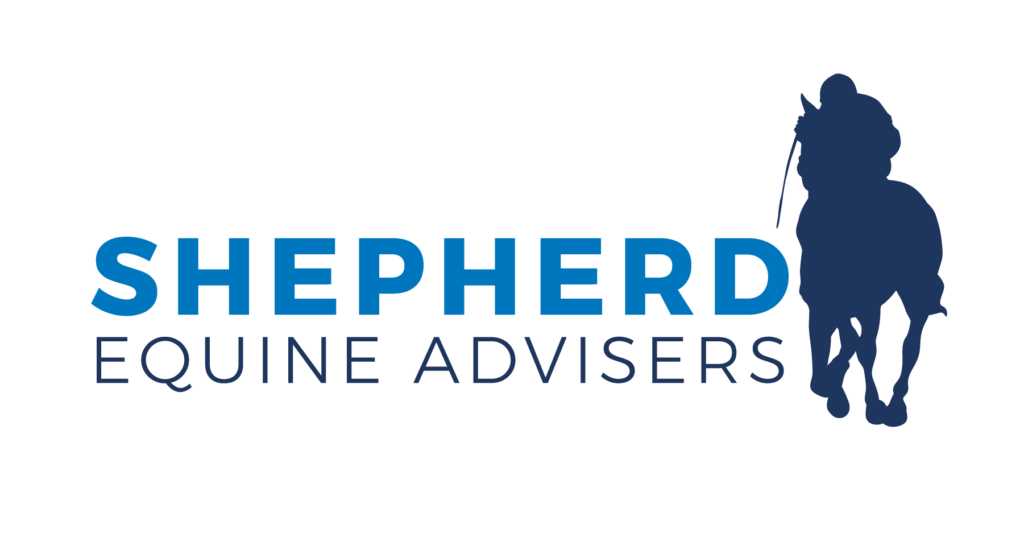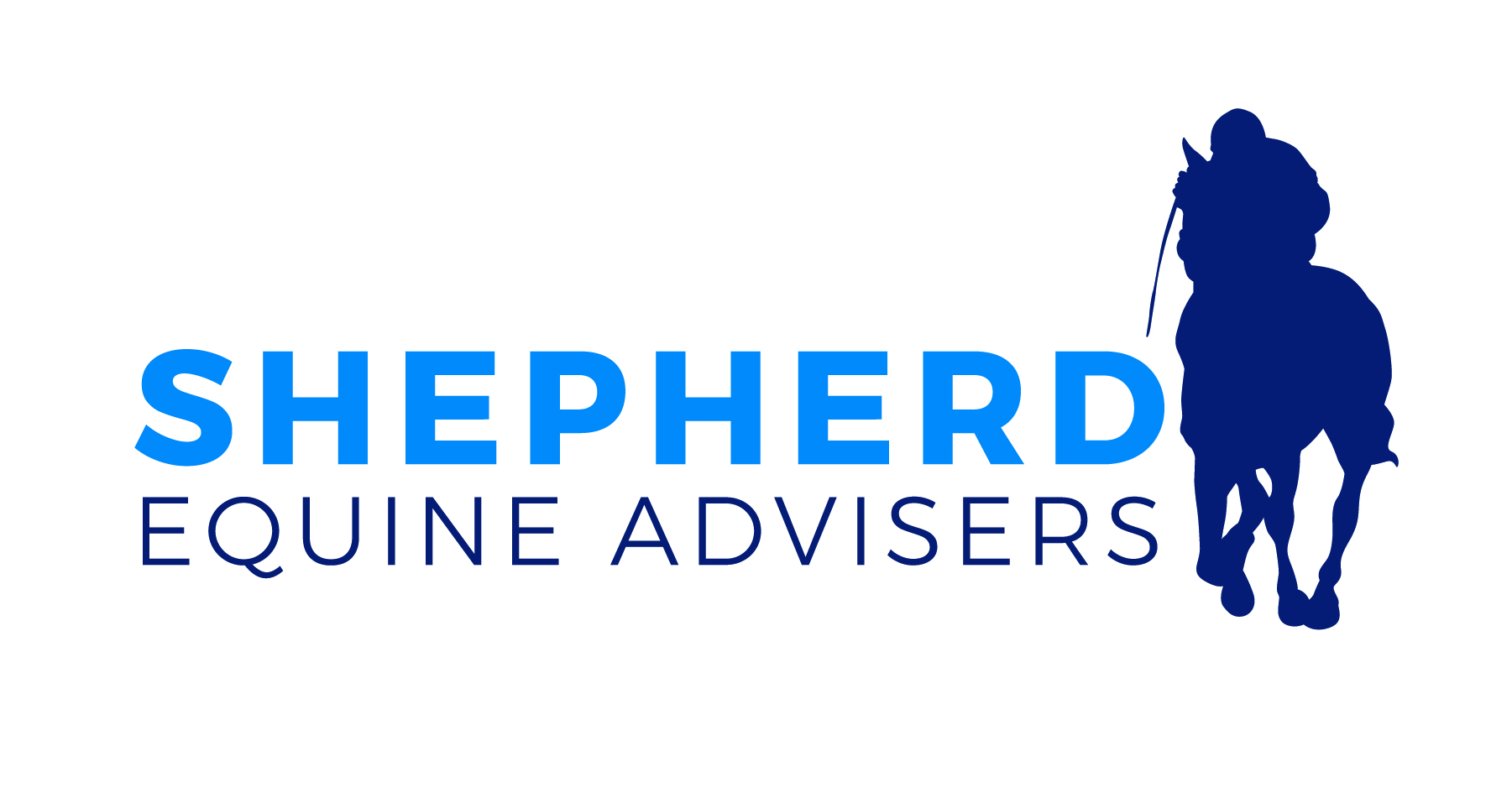Breeding thoroughbreds isn’t about luck or just having the “best bloodlines” anymore.
To make a profit in this industry, you need a clear strategy aligned with what buyers want. If you want to create foals that command high prices at auctions, you’ve got to think like a buyer—and build a plan around that.
Here’s how to put together a breeding strategy that’s focused on the market and helps turn your investments into profits.

Understand Buyer Preferences
Start by getting clear on what buyers want.
Do they prefer certain bloodlines, physical traits, or a specific race record? Look at recent auction results to see what horses brought in top bids and why.
Maybe buyers are looking for speedier bloodlines for sprint races or stamina for long-distance events. Pay attention to the trends here because they change.
To keep up, browse auction catalogs, study bloodstock agent reports, and talk to people who know the market. It’s as much about research as instinct.
Keep a list of key traits that are attracting buyer interest and use it to guide your own breeding decisions.

Time Your Foalings Right
Foaling season might seem straightforward, but timing matters.
Breeding a foal to be born at the right time impacts its age and size when it goes to auction, which affects its value. Most buyers want foals born as close to January 1 as possible—because age matters in racing prospects.
Older foals, even by a few months, tend to be bigger and more developed, catching more interest from buyers.
If you’re breeding for early sales, aim to have your foals born in the early months of the year. That way, they’ll have a slight advantage in size and maturity over later-born foals, making them more appealing to buyers who want a horse that’s ahead of the competition in development.

Choose the Right Sires
Choosing a sire goes beyond just selecting a strong bloodline.
The “right” sire is one that has market appeal. Look for sires whose offspring have consistently sold well in recent years.
Some sires may have good race records but don’t necessarily pass on traits that buyers value. Your goal is to select a sire whose offspring are in demand, which means checking recent sales data and seeing which stallions produced horses that commanded high prices.
Make sure to cross-check the sire’s record for producing winners—not just in races, but in the sales ring. It’s a double-edged strategy; you want to select a sire that both appeals to buyers and has a record of producing successful racehorses.
That combination can add real value to your foal.

Align Your Breeding Goals with Market Demand
Once you know what the market wants, align every part of your breeding operation to meet that demand.
If you see a trend in buyers wanting foals with specific physical traits or bloodlines, adjust your breeding stock to produce those traits. Market trends aren’t always logical, so don’t rely on your own opinions alone; base your breeding decisions on what’s selling well.
Make a checklist of your breeding goals that syncs with current buyer preferences. Regularly review auction results and adjust your checklist.
By being flexible and market-focused, you’re maximizing your foal’s chance to shine at auction and attract competitive bids.

Prepare Your Foal for Sale
A foal’s first impression at the sale can make or break its value.
Beyond breeding, how you prepare the foal for auction is critical. This includes everything from grooming to training.
Start by setting a conditioning plan to develop the foal’s musculature and physical readiness. Hire a professional handler if necessary to ensure the foal is comfortable and confident around people, as this can add perceived value for buyers.
Get photos and videos in place for online listings if applicable. Buyers want a foal that’s ready for the next step, and showing them a well-prepared foal makes it easier to justify a high price.

Track and Adjust Your Strategy in Breeding Thoroughbreds
A single successful foal is great, but a repeatable system for breeding is even better.
Keep records of each foal’s traits, sale performance, and buyer feedback. Look back on what worked and what didn’t, adjusting your approach as the market changes.
Trends shift quickly, and what was hot one season might not be the next.
By tracking your strategy and adapting it, you’re positioning yourself for long-term success in the thoroughbred breeding business. Experiment with small tweaks, like trying a different sire or adjusting foaling timing, to see what has the best results.
Flexibility and responsiveness to the market are your best tools for staying profitable.

Build Relationships in the Industry
Breeding and selling thoroughbreds is as much about connections as it is about strategy.
Networking with bloodstock agents, trainers, and other breeders gives you valuable insights and updates on market trends. Attend events and auctions, and don’t be afraid to ask seasoned professionals for advice.
Many people in this industry are happy to share insights, especially if they see you’re serious about learning.
Cultivate a network of professionals who can guide you and even provide insider tips on upcoming trends. Relationships built on trust and shared knowledge are a big part of staying successful in breeding thoroughbreds.

Keep Learning and Adapting in Breeding Thoroughbreds
Thoroughbred breeding isn’t static; the market evolves as fast as the horses themselves.
Keep learning about breeding science, bloodline genetics, and the economic side of racing and sales. Even a small edge in knowledge can set you apart from other breeders.
Invest in educational resources, attend seminars, and consult with experts to stay sharp.
Your willingness to adapt and improve is a competitive advantage. The breeding industry is challenging, but with a focused, market-driven approach, you’re setting yourself up to turn your foals into profitable sales consistently.

Final Thoughts: A Market-Driven Mindset in Breeding Thoroughbreds
Breeding thoroughbreds for profit isn’t just about tradition or passion.
It’s about looking at breeding as a business, aligning your goals with market demand, and staying adaptable in a changing industry. Every decision—from sire selection to foaling timing to sale preparation—should be focused on maximizing the market value of your foal.
If you take the time to study the market and adjust your breeding strategy accordingly, you’re putting yourself in the best position to succeed. Thoroughbred breeding is competitive, but with a targeted plan, you can make a strong impact and see a healthy return on your investment.







Recent Comments